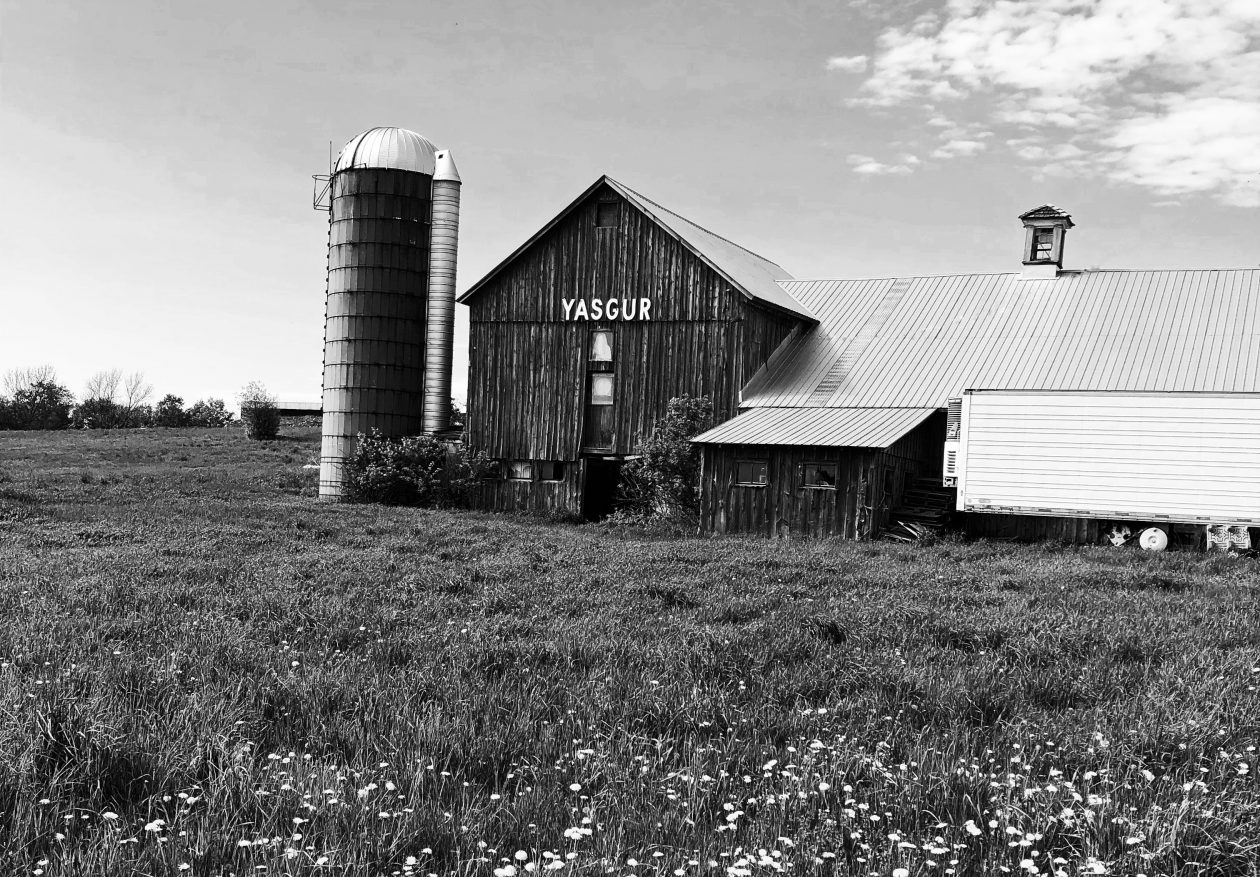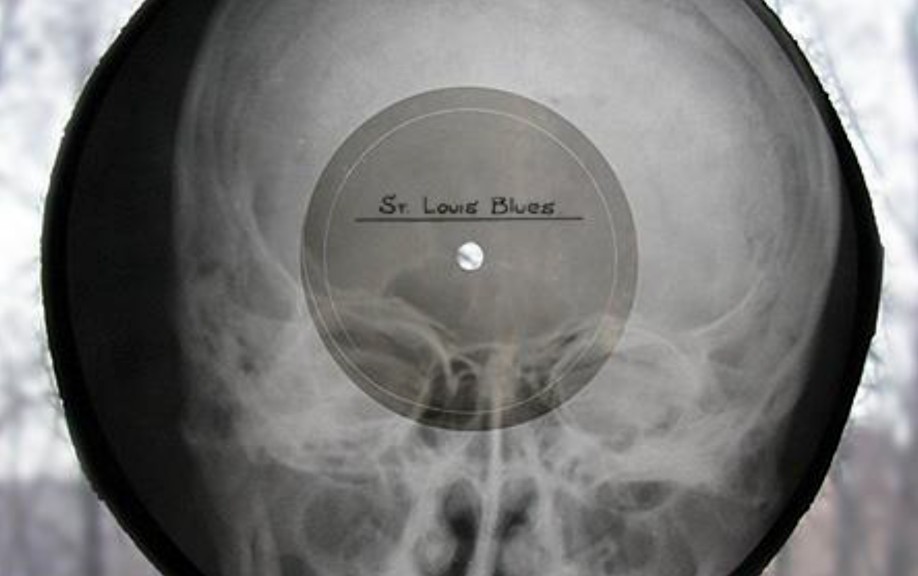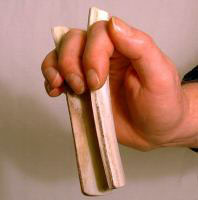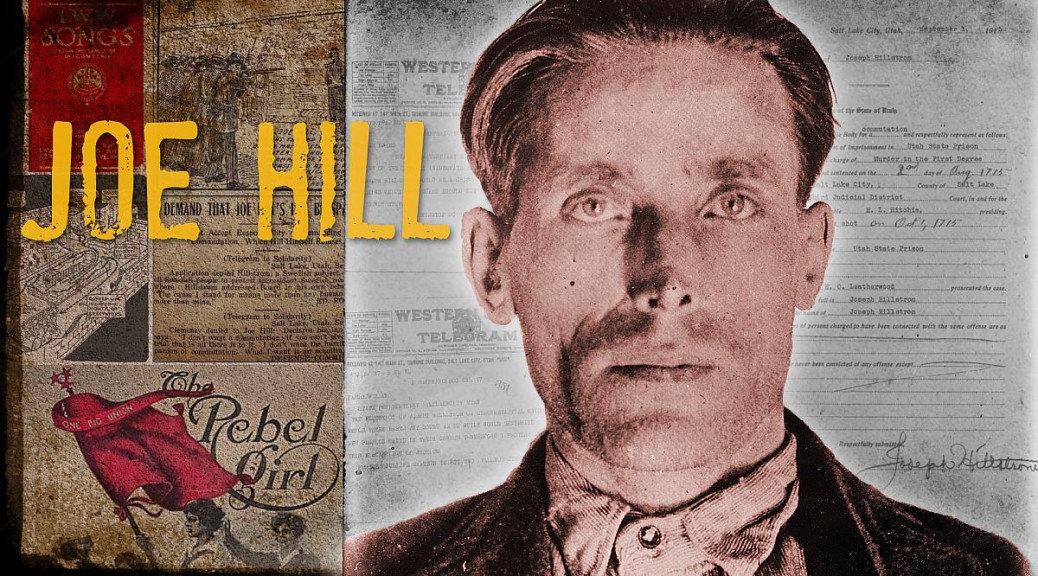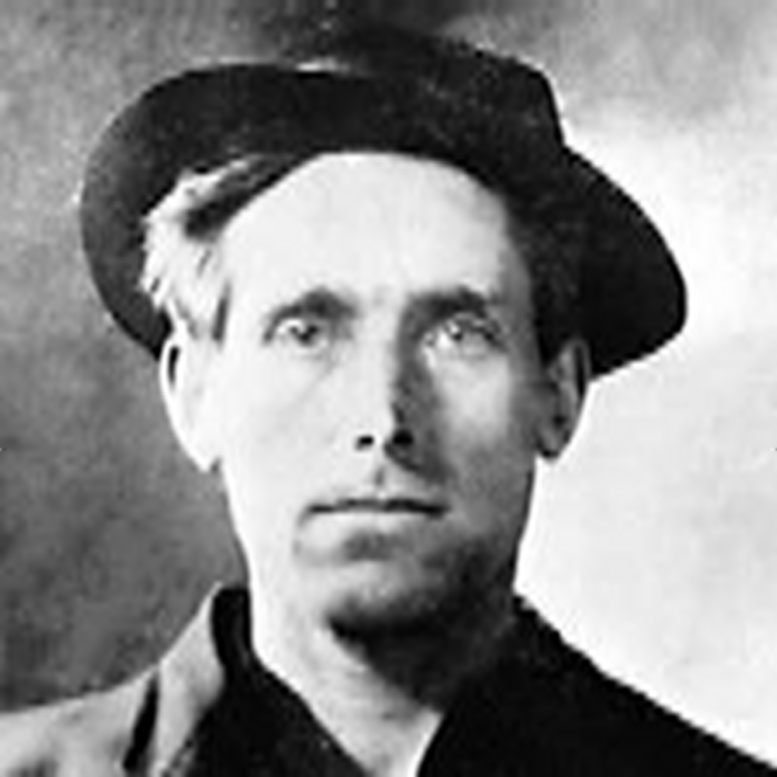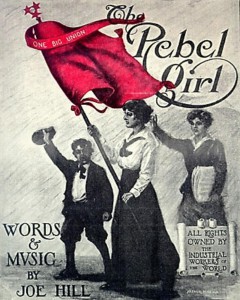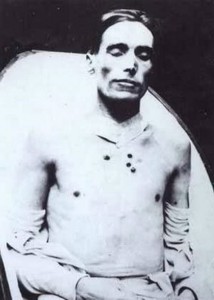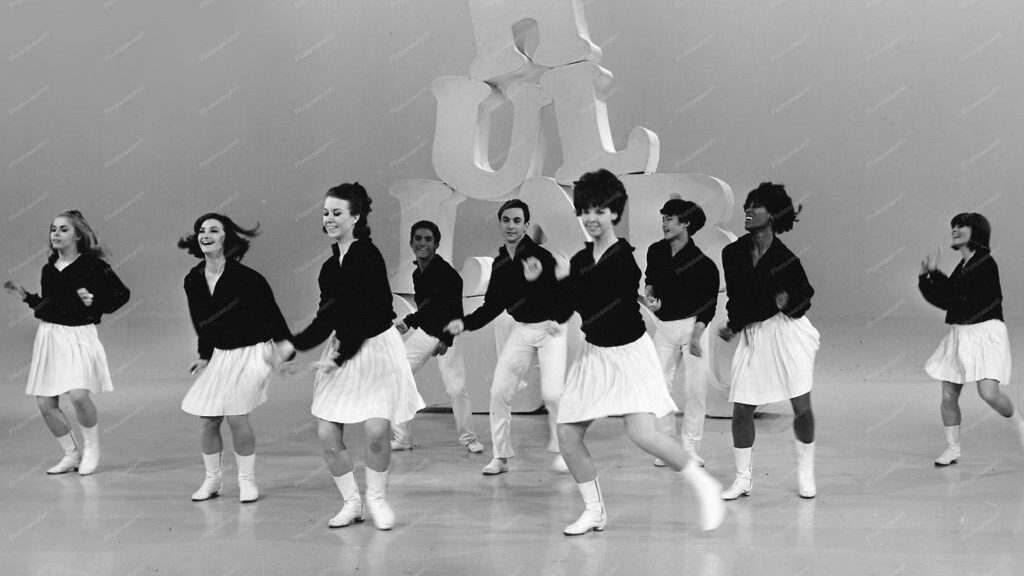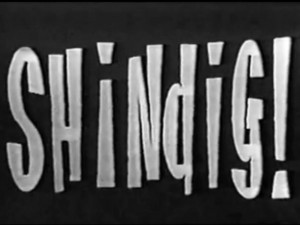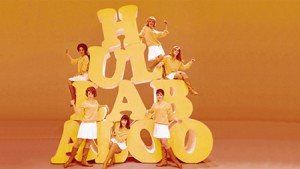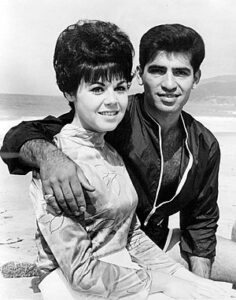Soviet Union Bones Music
Baby boomers grew up listening to the radio and watching TV just as their grandchildren are growing up with streaming and smart phones.
An interesting medium that has evolved is the podcast: a radio show, yet not on the radio. Downloaded and listen to anytime anywhere. Quite an advantage over traditional radio.
Sometimes, a group of podcasters form a collective to help promote and support their work. Radiotopia is an example of this type of collective.

Soviet Union Bones Music
Bones Music
Bones Music was the title of a podcast from Radiotopia’s Fugitive Waves (produced by the Kitchen Sisters).
It was not about these
It was about this
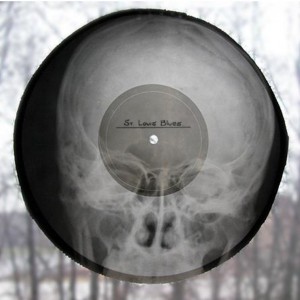
…and I’m guessing you don’t recognize it. I didn’t either.
From the Kitchen Sisters:
Before the availability of the tape recorder and during the 1950s, when vinyl was scarce, ingenious Russians began recording banned bootlegged jazz, boogie woogie and rock ‘n’ roll on exposed X-ray film salvaged from hospital waste bins and archives.
“Usually it was the Western music they wanted to copy,” says Sergei Khrushchev, son of former Soviet Premier Nikita Khrushchev. “Before the tape recorders they used the X-ray film of bones and recorded music on the bones, bone music.”
“They would cut the X-ray into a crude circle with manicure scissors and use a cigarette to burn a hole,” says author Anya von Bremzen. “You’d have Elvis on the lungs, Duke Ellington on Aunt Masha’s brain scan — forbidden Western music captured on the interiors of Soviet citizens.”
Soviet Union Bones Music
Purchase
Here’s a YouTube video by a vinyl record collector who found out about these x-ray records and was able to purchase one. He shows several vinyl records before getting to the x-ray type at about 6 min 15 seconds on the video.
I am only giving a brief overview about this type of recording and it’s historic background. I strongly urge you to listen to it >>>
Fugitive Waves podcast on x-ray recordings
